West Coast of Africa: São Tomé & Príncipe
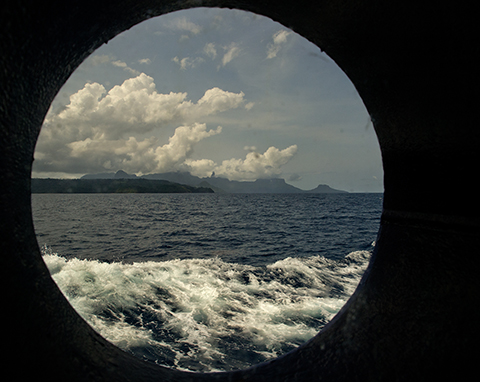
Approaching Príncipe
São Tomé & Príncipe
Two wonderful days on the islands (and country) of São Tomé and Príncipe. Located off of the northwestern coast of Gabon, it’s the second smallest nation in Africa. Part of an extinct volcanic range, the larger island of Sao Tome sits just north of the equator and was our first stop.
Our bus drove through the only flat area of the day, the port city and quickly started going uphill through forests and villages. A beautiful waterfalls and an old Portuguese coffee plantation were the first stops, then a drive through rainforest-and rain-to our lunch at another old plantation. The day wrapped up at the small factory of Chocolaterie Corallo.
Principe was next, after an overnight sail across the 87 miles of ocean separating the islands. Our visit was centered around the stunning, and remote, Bom Bom resort, which looks like it was straight of the South Pacific. In the afternoon, we drove in small groups over to the city of Santo Antonio…then back to Bom Bom for the remainder of the afternoon.
The Idea of Expedited Shooting
Traveling in and working around population centers, be it large or small, offers the photographer the chance for street photography as well as that opportunity to photograph people. I generally work with two camera bodies, and I’m really enjoying working with the mirrorless system..my cameras of choice are the Olympus Pens. Small and light enough to work with all day, and unobtrusive, these high-quality cameras may be the perfect answer for the travel photographer.
Text continues below the photos, along with shooting tips
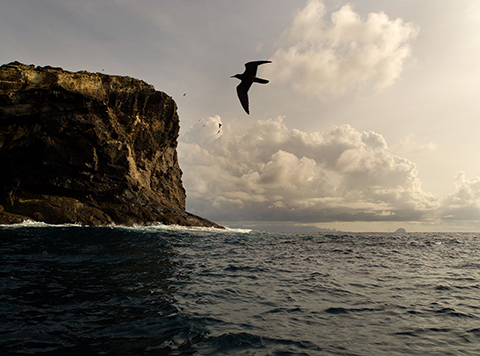
- Ilhas Tinhosas, bird habitat
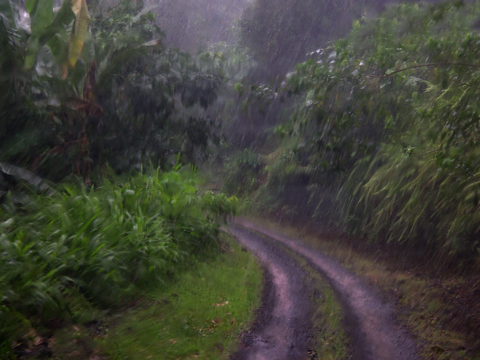
- Road through the rainforest of São Tomé
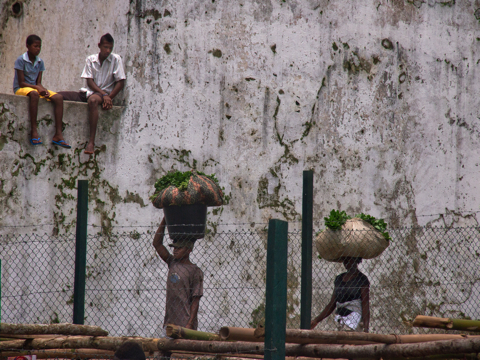
- Old Portuguese coffee plantation on São Tomé
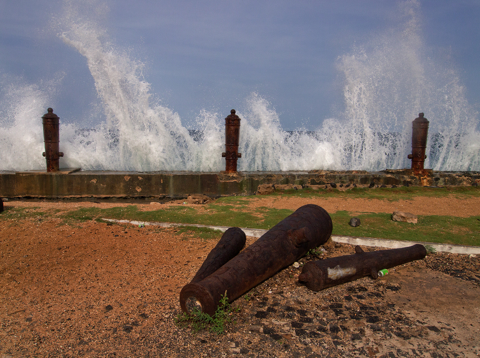
- Seaside old Portuguese Fort on São Tomé
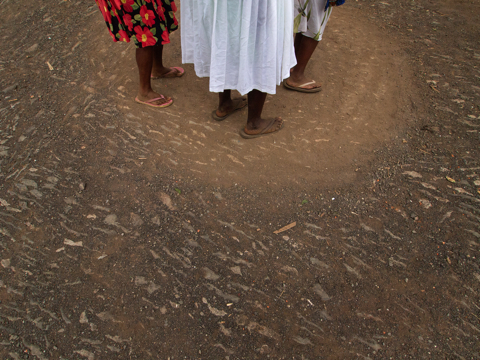
- Dancers circle at plantation on São Tomé
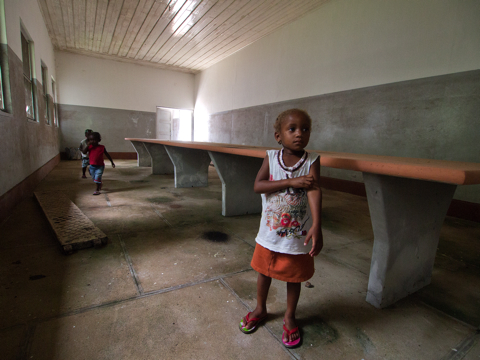
- São Tomé and the old coffee plantation
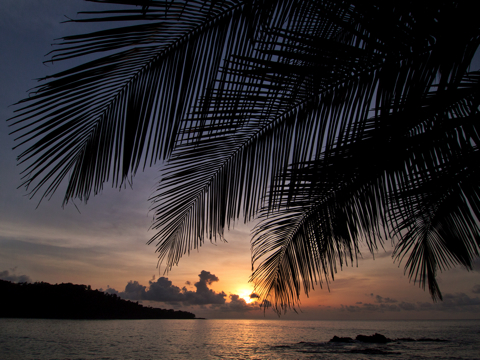
- sunset on Principe
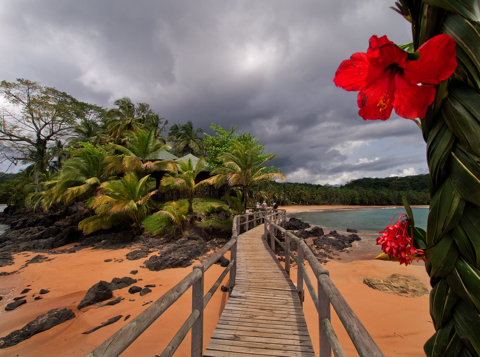
- Bom Bom Resort on Principe
When shooting in a place that is new to you, a few thoughts:
Research the place before you get there. The Internet is an amazing research tool that can provide the basics as well as in-depth information as to events and festivals, which may provide photo-rich opportunities.
When my cameras go on my shoulder and I head out in my location, I describe it as a switch going on in my head: I’m thinking and seeing photographically. Being prepared is the 1st step in this process, so batteries are charged (both the camera and myself), shooting mode is in the appropriate setting..I usually use manual, but for a lot of street photography, I’ll use the Program mode as I’ve found it is in synch with my shooting style.
An idea from a photographer friend; when shooting in Aperture or Shutter Priority, put the camera on “Auto ISO”. This eliminates the frustration of walking into a dark environment with the camera set on a low ISO, and you see a great moment, but the shutter speed is so low your file is unusable due to shake. The Auto ISO setting will default to the lowest ISO for your preferred aperture or shutter speed, allowing you to shoot more successfully. Many cameras also provide a setting in which you can control the range of ISO
If possible, get to your intended location early, this may help as you are part of the scenery when people arrive at that market or area…instead of walking in with cameras and equipment, which can be disruptive.
Ask permission, make eye contact when appropriate, a smile can go a long distance…try learning a few words of the local language..this can help even if you garble that expression, it can be seen as you’re at least trying to communicate instead of expecting them to communicate with you
Share your images, this can be such a door opener and can make that short relationship in which you’ve entered be that more productive. Also, be sure and send images to them…ask for an address or email, and be sure and follow-through
If someone says “no” to being photographed, honor that request. In some parts of the world, you may receive very strong signals that it is NOT appropriate to photograph, so be tuned in so you don’t miss those messages.
When you’ve approached and received permission to step into someone’s life, make sure the camera is ready. Nothing worse than getting that permission, fumbling with your gear, and losing the confidence of your subject.
When photographing someone, if possible give the process time…if they turn to you and stop doing what was interesting and what drew you to that moment, give it a few minutes, asking via sign language if necessary for them to go back to what they were doing. Again, this may take a little time, but if you stay, and your just watching, you become boring and they will go back to doing that great thing you saw initially. Then, your photos will happen. Above all, know when it’s time to leave so you don’t overstay your welcome.
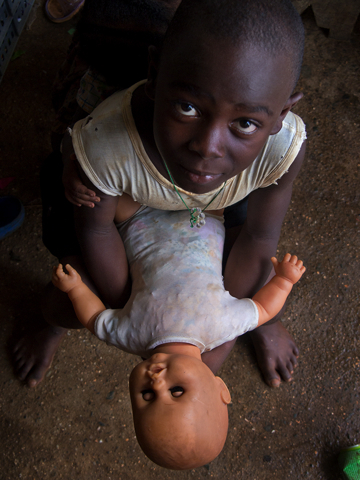
- The small city of Santo Antonio on Principe
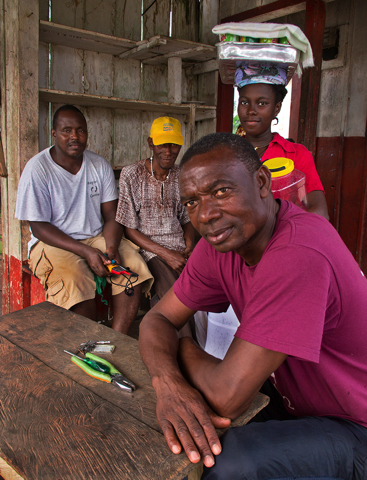
- The small city of Santo Antonio on Principe
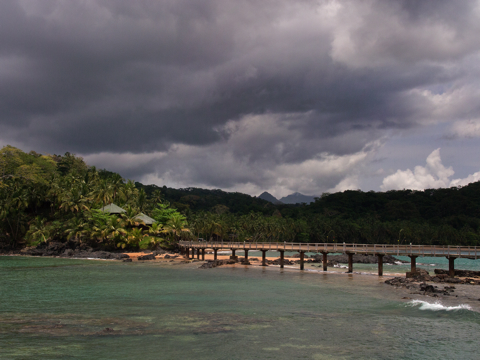
- Bom Bom Resort on Principe



